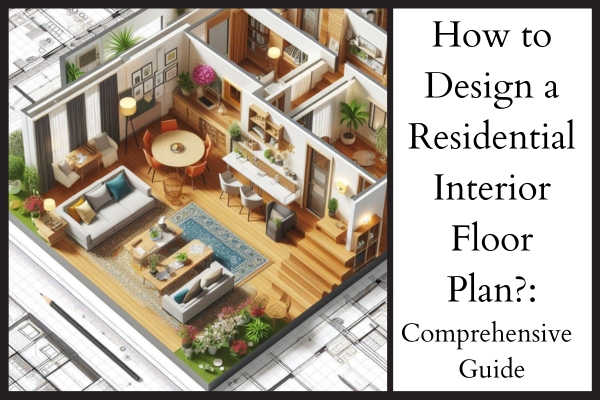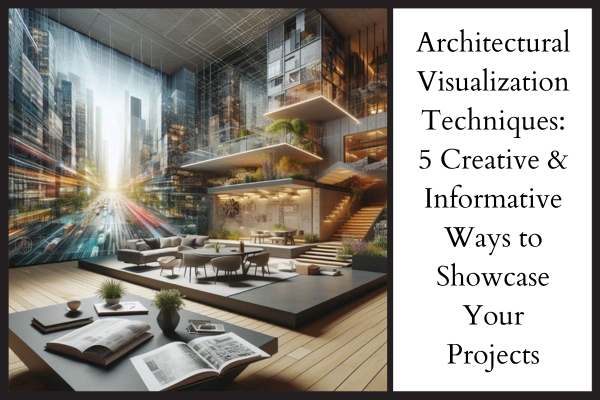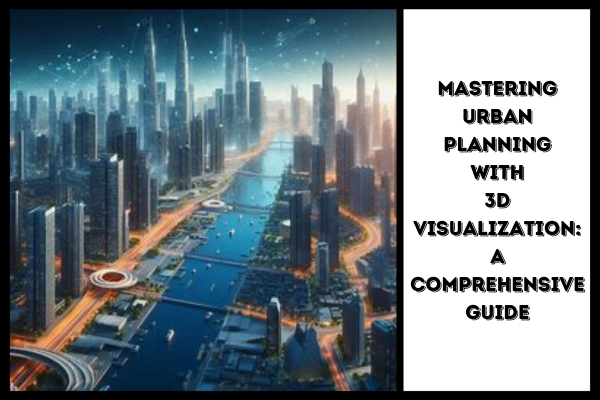In the realm of architecture, a transformative force is reshaping the way we visualize and bring designs to life – 3D Rendering. This revolutionary technology has become the cornerstone of architectural innovation, unlocking a world of possibilities and breathing enchanting life into blueprints. Let’s embark on a journey to explore the magic of 3D Rendering and how it has evolved into an indispensable tool for architects, designers, and visionaries alike.
1. The Genesis of 3D Rendering
To truly appreciate the marvels of 3D Rendering, it’s essential to understand its genesis. Emerging as a response to the limitations of traditional 2D drawings, 3D Rendering introduced a paradigm shift in architectural visualization. The transition from flat representations to dynamic, three-dimensional models marked the beginning of a new era where architects could convey their ideas with unprecedented clarity and depth.
2. Breaking Down the Basics
Now, let’s delve into the fundamental aspects that constitute the magic of 3D Rendering. 3D Rendering is a meticulous process involving converting a digital 3D model into a 2D image. This transformation goes beyond mere translation, incorporating realistic lighting, materials, and shadows to breathe life into the virtual structure. The result is a visual representation transcending traditional blueprints, offering a tangible preview of the architect’s vision.
3. The Tools of the Trade
In the hands of skilled architects, the magic of 3D Rendering is wielded through sophisticated tools. Architectural visualization software is the artist’s canvas, with industry-leading applications like AutoCAD, SketchUp, and Blender leading the way. These tools empower architects to sculpt, refine, and perfect their creations, ensuring that every detail aligns seamlessly with the envisioned masterpiece.
4. Realism Redefined: Photorealistic Rendering
At the heart of 3D Rendering lies the ability to achieve photorealistic Rendering. This is where the digital realm seamlessly merges with reality, producing authentic visuals indistinguishable from actual photographs. The marriage of advanced lighting techniques, intricate material representation, and meticulous attention to detail culminates in a visual feast that not only captivates but also communicates the architect’s vision with unparalleled fidelity.
5. Transformative Impact on Design Processes
Integrating 3D Rendering into architectural workflows goes beyond aesthetics; it fundamentally transforms the design process. Architects cannot be confined to static blueprints but can navigate through virtual spaces, evaluating and refining details in real-time. This dynamic approach not only enhances the precision of design but also allows for identifying and mitigating potential challenges before the first brick is laid.
6. A Visual Feast: Virtual Reality and 3D Rendering
As technology advances, the synergy between virtual reality (VR) and 3D Rendering adds an extra dimension to architectural exploration. Imagine stepping into a digital representation of your dream space. VR applications enable stakeholders to immerse themselves fully in the proposed design, fostering a deeper connection and understanding of the architectural vision. This immersive experience transcends traditional presentations, offering a holistic preview of the spatial experience.
7. Overcoming Challenges with 3D Rendering
While the benefits of 3D Rendering are undeniable, challenges persist. Rendering times and hardware requirements represent hurdles that architects must navigate. Striking a delicate balance between achieving high-quality visuals and maintaining efficient workflows is crucial. However, with continuous technological advancements, these challenges are gradually becoming more manageable, ensuring that the magic of 3D Rendering remains a powerful asset in architectural endeavors.
8. The Future Landscape: 3D Rendering Trends
Peering into the future unveils a landscape of exciting trends that will shape the evolution of 3D Rendering. Artificial intelligence (AI) infusion promises to enhance rendering efficiency, automating repetitive tasks and expediting the creative process. The rise of real-time Rendering also heralds a new era of instant feedback, allowing architects to make on-the-fly adjustments and fostering a more collaborative and iterative design approach.
Conclusion
In conclusion, the magic of 3D Rendering is not merely a technological feat; it’s a transformative force that has redefined the fabric of architectural visualization. Armed with powerful tools and boundless creativity, architects now bring their visions to life with unprecedented precision and realism. As we look ahead, the architectural marvels that once resided only in dreams are now tangible, thanks to the enchanting magic of 3D Rendering.









